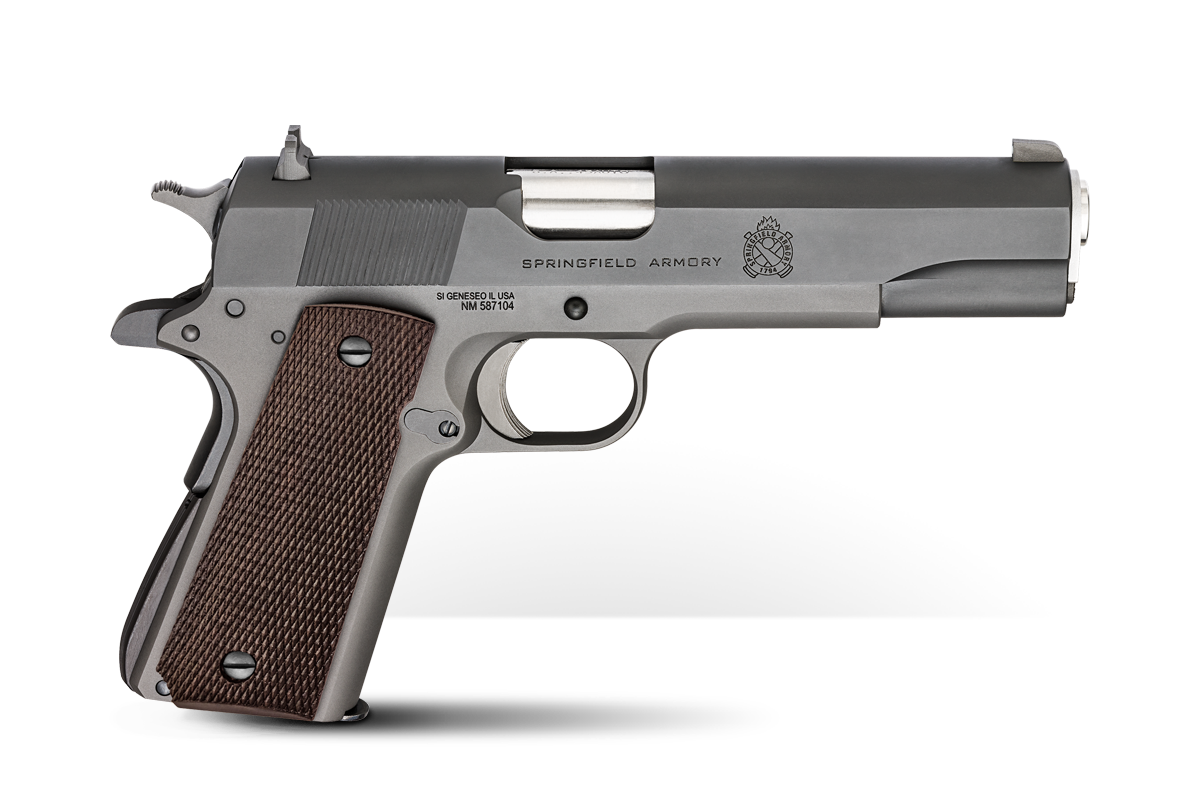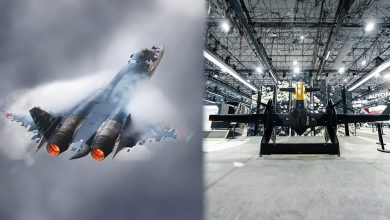Ayoob: Why I Don’t Want a Custom 1911

When I was 10 years old, I read Jeff Cooper’s articles in Guns & Ammo magazine in which he extolled the 1911 “.45 automatic” as the ultimate gunfighting/self-defense handgun. What he wrote made a great deal of sense to me.
All these years later, it still does.
Slim and flat, among the easiest of full-size “fighting handguns” to discreetly, accessibly carry concealed. Unarguably adequate in power for its task, all the more so today with improved ammunition. It’s been long-since proven reliable. It has a low bore axis to minimize muzzle rise and contribute to accurate rapid fire, and a straight-back, short, easy-to-control trigger pull enhances rapid-fire hit potential under the highest stress imaginable. And, thanks to the genius of John Moses Browning, it has redundant safety features.
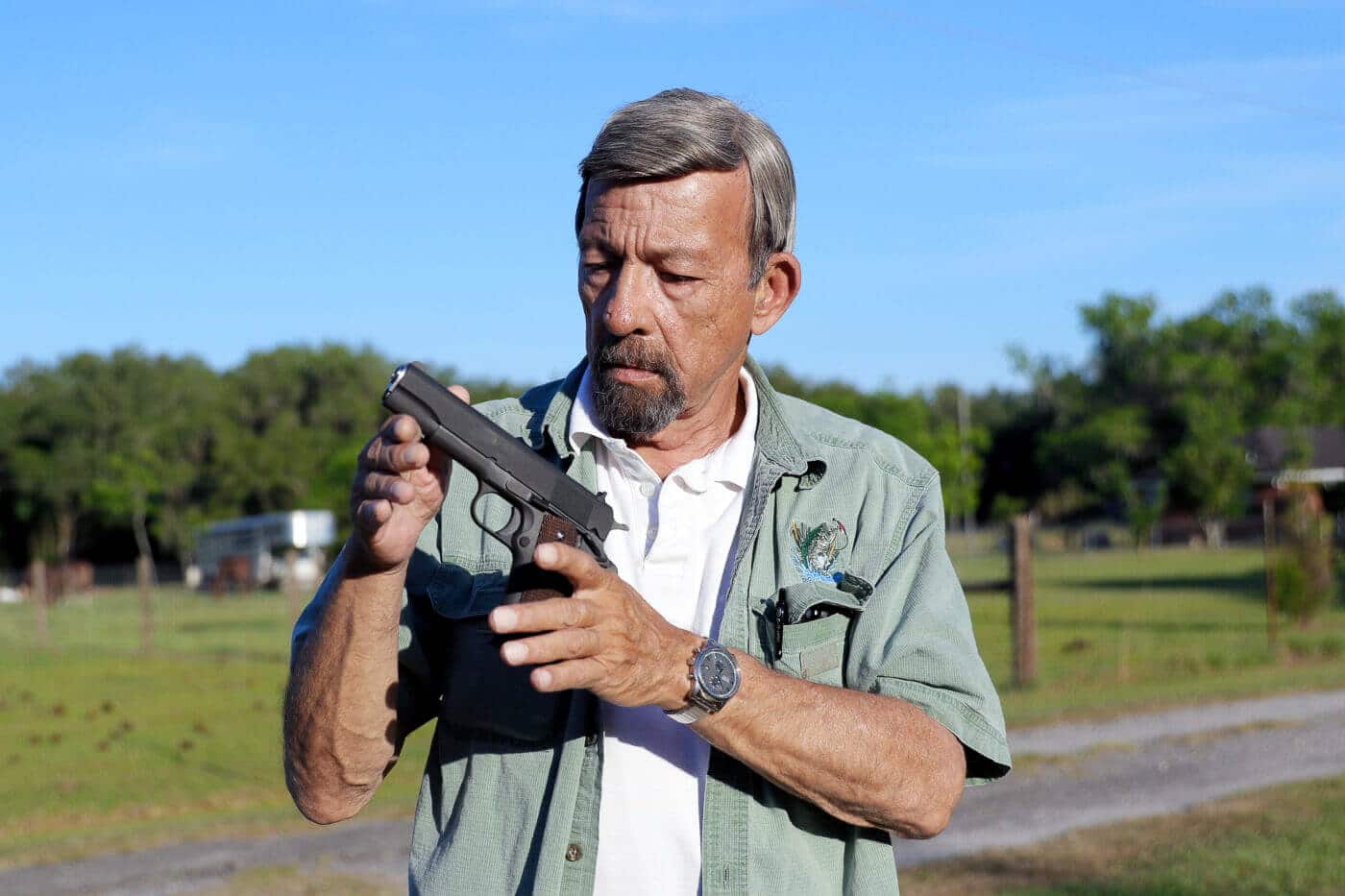
Since 1911 — and really, mostly, since 1960 or so — gunsmiths and master pistoleros found ways to enhance the original pistol. Today we have a broad assortment of calibers to choose from, and higher cartridge capacity versions. We have target sights, we have optical sights, we have laser sights. Clever gunsmiths came up with accessories which reduced both muzzle rise and rearward recoil impulse, colloquially known as “kick.”
But, you know what? While today’s 1911s may have more flavors than Howard Johnson’s famous ice cream, plain vanilla still works pretty darn well.
The Choice of (1911) Flavors
When I was a kid, it was a big deal that Howard Johnson’s had 28 flavors of ice cream. Heck, there are way more than 28 flavors of 1911 when you factor in calibers, sizes, and manufacturers.
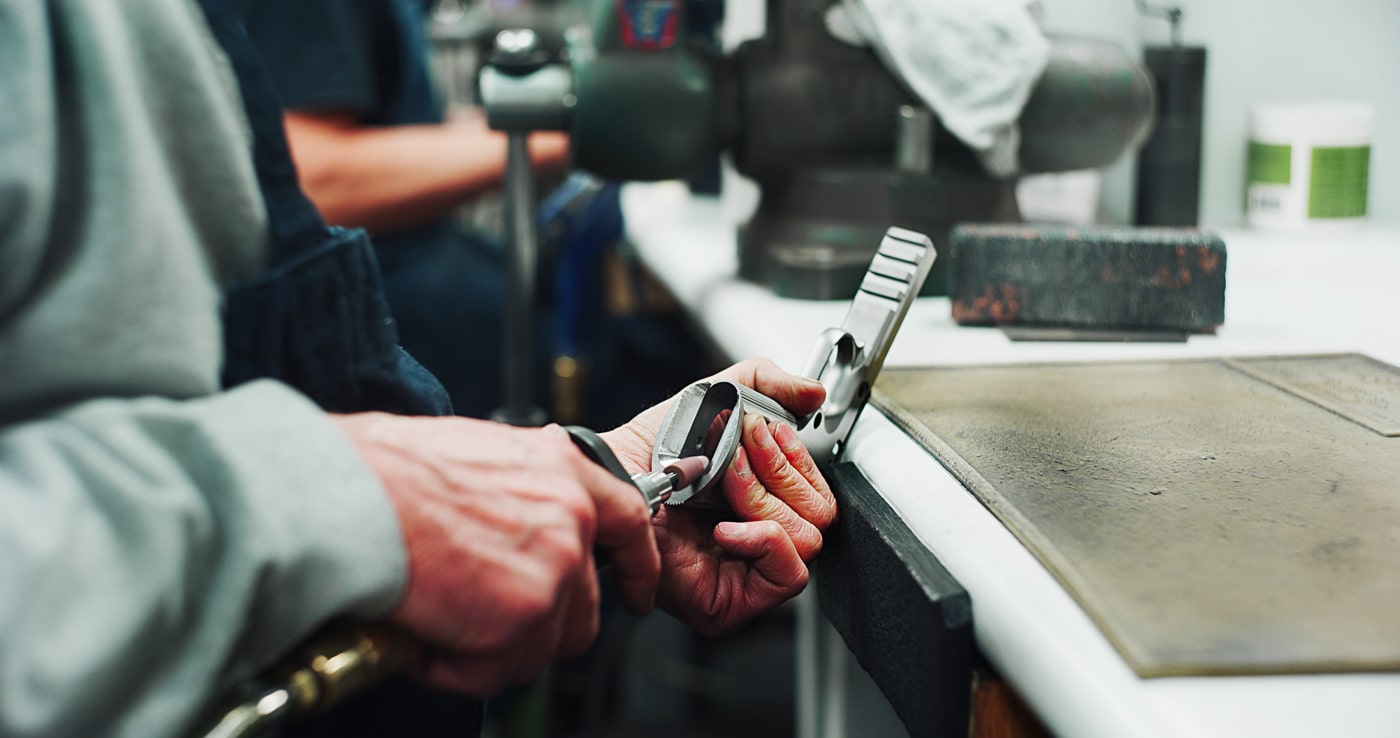
Let’s look at just one manufacturer, Springfield Armory. You can get your 1911 in a double-stack 9mm like the Prodigy holding all the rounds you want. You can get several models already cut for optic sights if you shoot better with those. Want something small and light? Turn the catalog page to the EMP (Enhanced Micro Pistol) series. Fancy? They have those too.
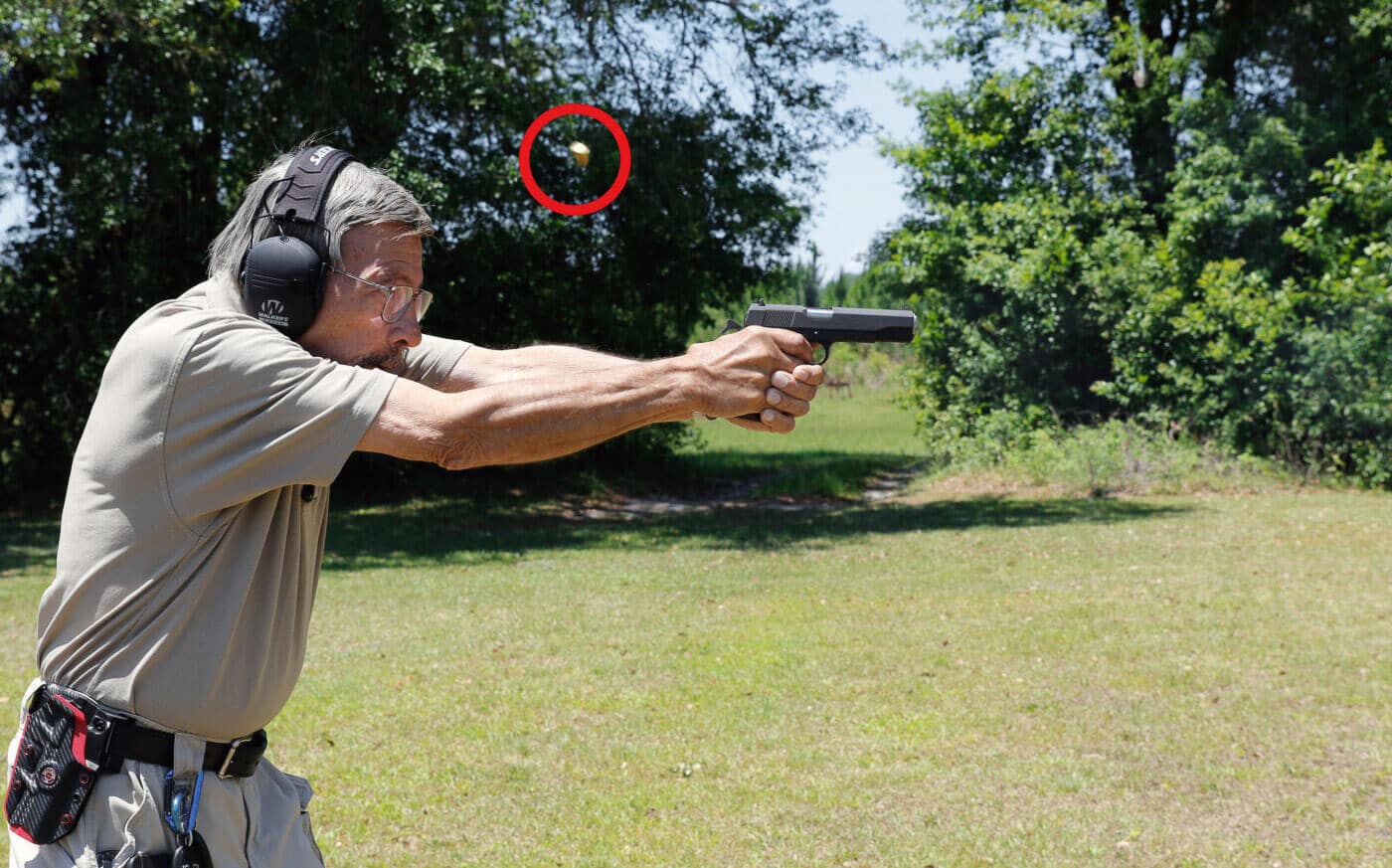
Still and all, for many shooters’ needs a “plain Jane” version will suffice. Your basic 5” barrel all-steel 1911 .45 auto is the gun that earned its rep from the trenches of World War I to the proverbial sands of Iwo Jima to the tunnels of Vietnam, and even found its way into the 21st century’s war on terror. In its standard configuration it was carried in the holsters of many Texas Rangers and other lawmen, and protected the homes of countless Americans. Pistol-packers discovered early on that its slim profile made it easy, comfortable, and surprisingly concealable in everyday carry.
Features You Need
One thing that drives the purchase of a basic 1911 is economy, simply because additional bells and whistles are expensive for the manufacturer to produce. The exemplar of a plain 1911 that I’ll use here is the Springfield Armory Mil-Spec, which carries a manufacturer’s suggested retail price starting at just $725. Many makers’ top-of-the-line 1911’s will run $3,000 or more. For three grand you can buy three Mil-Specs and have money left over for holsters and ammo.
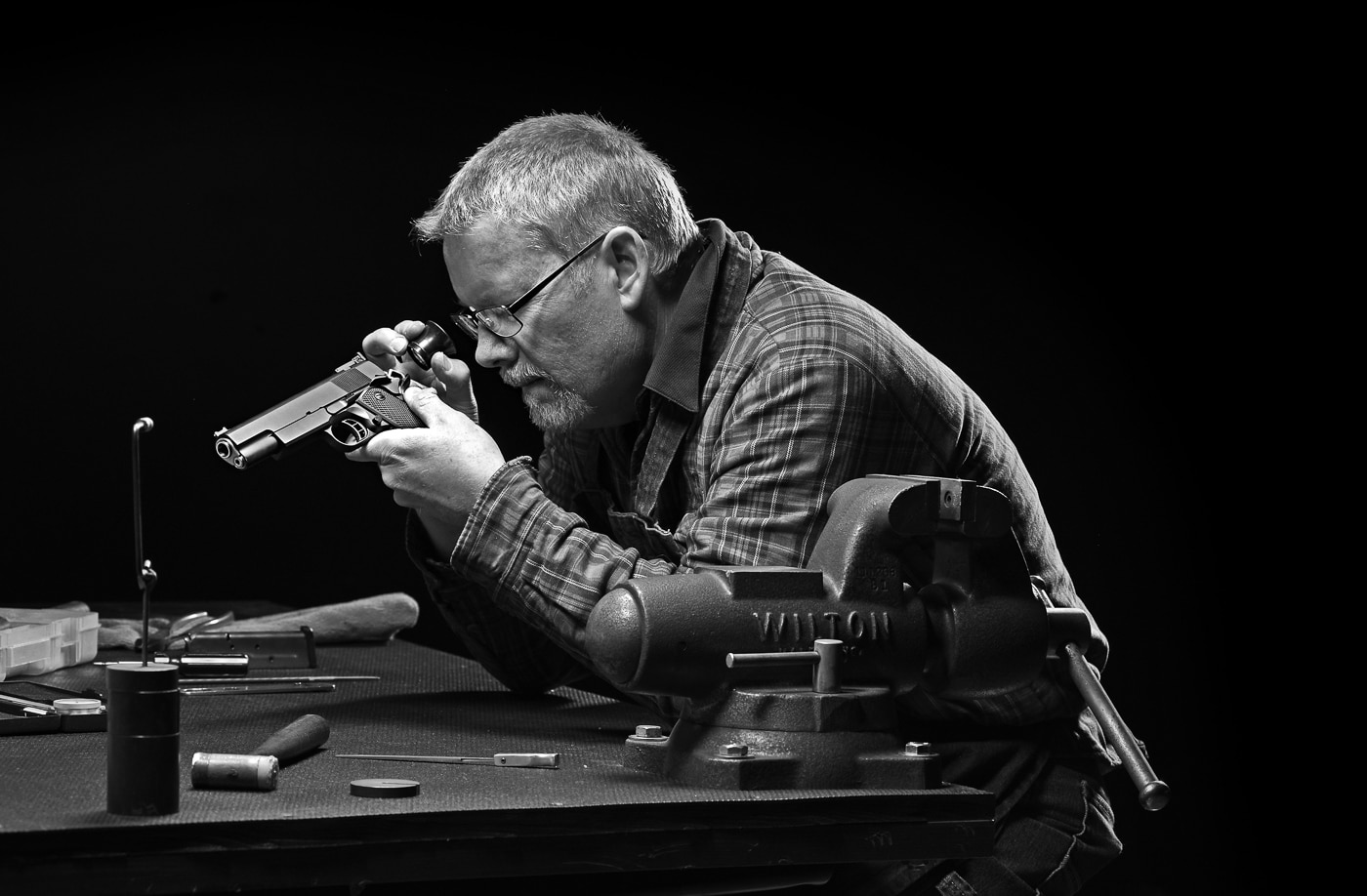
Reliability of function is a non-negotiable baseline for any firearm, particularly so with one intended for self-defense purposes. A lot of the old military surplus 1911 .45 pistols were designed only for round-nose, full metal jacket ball ammunition and might malfunction if fed modern hollow points. The Springfield Mil-Spec is factory “throated” to feed the desirable-for-defense jacketed hollow point. My sample has been satisfyingly reliable in that respect. [Read Ayoob’s review of the Springfield Armory 1911 Mil-Spec for more information.]
Adequate power is another definite need in a defensive handgun. Certainly, the general consensus of both military and law enforcement today is that with modern ammunition the 9mm is not inadequate. However, in its original chambering of .45 ACP, no one questions that as handguns go — it has a more than adequate power level.
As For Wants…
I for one like adjustable sights. That said, I don’t consider them essential. Our military has never issued adjustable sight service pistols except to pistol teams and, when they had revolvers, USAF police. Modern police service autos didn’t generally have adjustable sighting until the recent trend to carry optics, and I’ve won IDPA and police PPC Service Pistol matches with fixed sight guns as have a great many others.
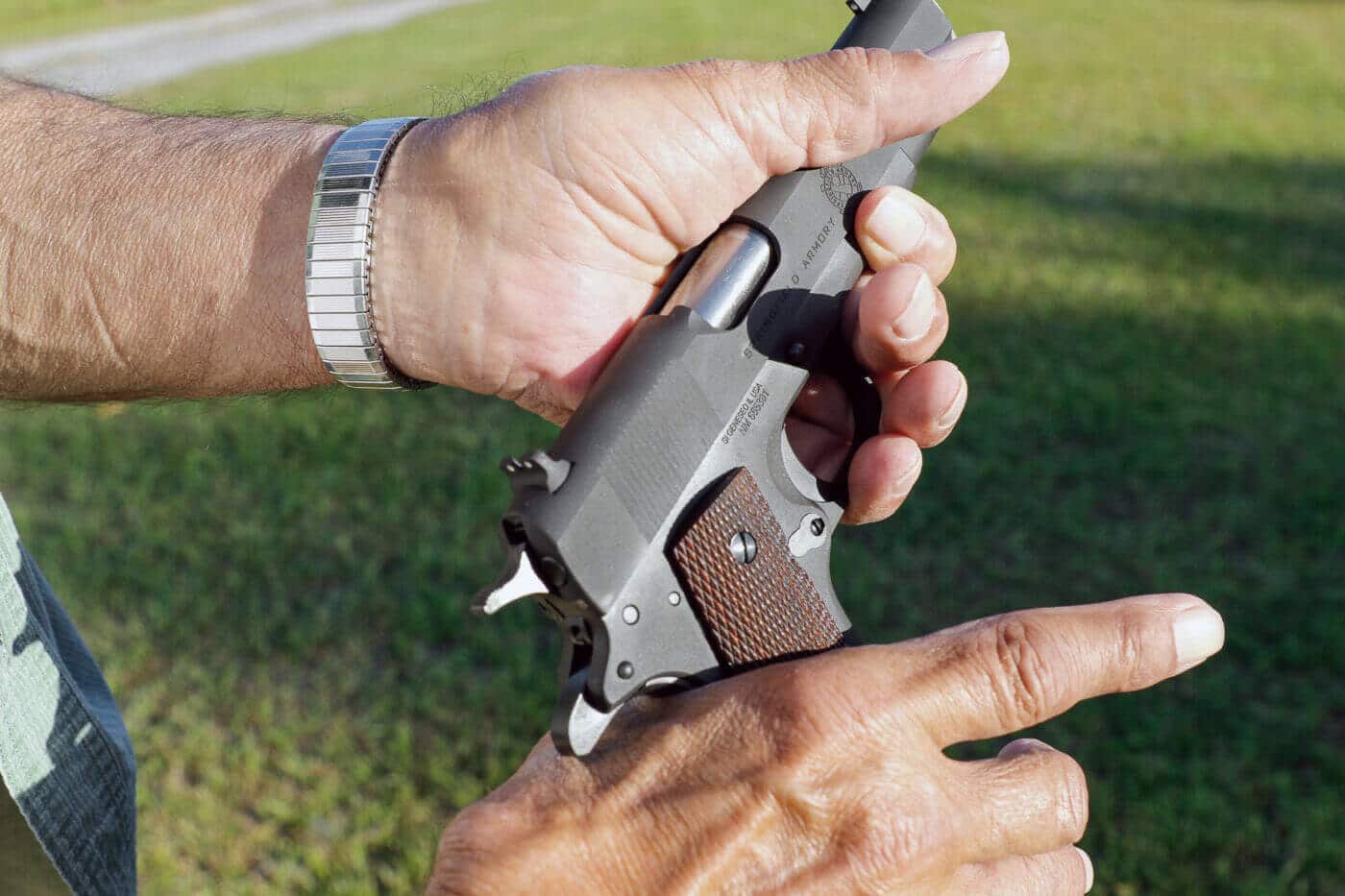
The rear fixed sight on a Mil-Spec 1911 sits in a dovetail and can be drifted laterally to adjust for windage. If a fixed-sight 1911 “shoots low,” a little judicious filing of the top of the fixed front sight can bring point of impact up to point of aim.
Weapon-mounted lights? You can pay a little more and have a 1911 with extended dust cover cut for mounting of an “on-board flashlight.” However, its holster will be necessarily bulkier and harder to conceal. Before WMLs became popular, we all got by learning to mate a pistol in the dominant hand with a flashlight held in the support hand, and those techniques still work. Moreover, us old gun guys who’ve been doing this for a while have accumulated lots of 1911 holsters which fit standard configuration pistols but not those shaped to mount light attachments.
Conclusion
Yes, you can spend a ton of money on a 1911 with all the bells and whistles. You can take a basic gun to a custom shop and have them completely trick it out with every option imaginable. Is that fun? Sure. Is it necessary? That’s a whole separate question.
If you ask me, the plain vanilla 1911 .45 has served to protect very well for well over a century. It can obviously continue to do so. With a pistol like the Springfield Armory Mil-Spec, you have a great gun for a great price that is proven and reliable. Sounds like a winner to me.
Editor’s Note: Be sure to check out The Armory Life Forum, where you can comment about our daily articles, as well as just talk guns and gear. Click the “Go To Forum Thread” link below to jump in!
Join the Discussion
Featured in this article
Read the full article here



